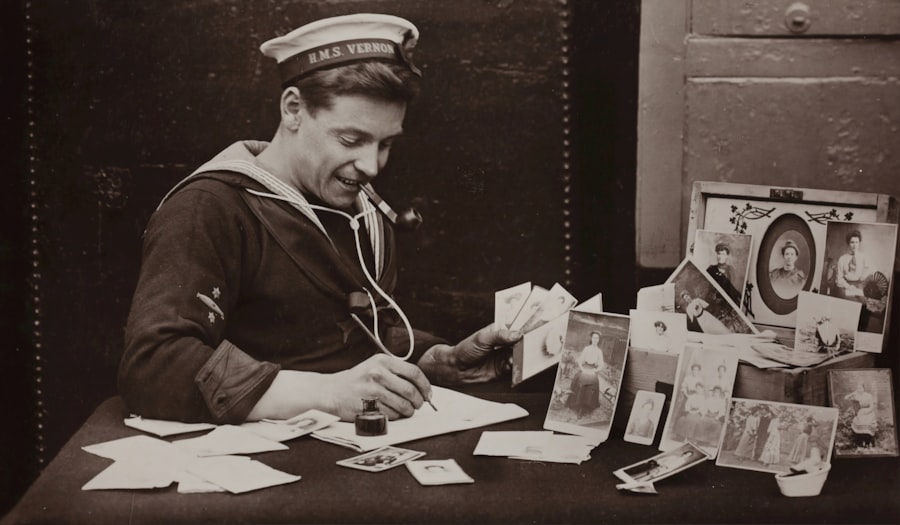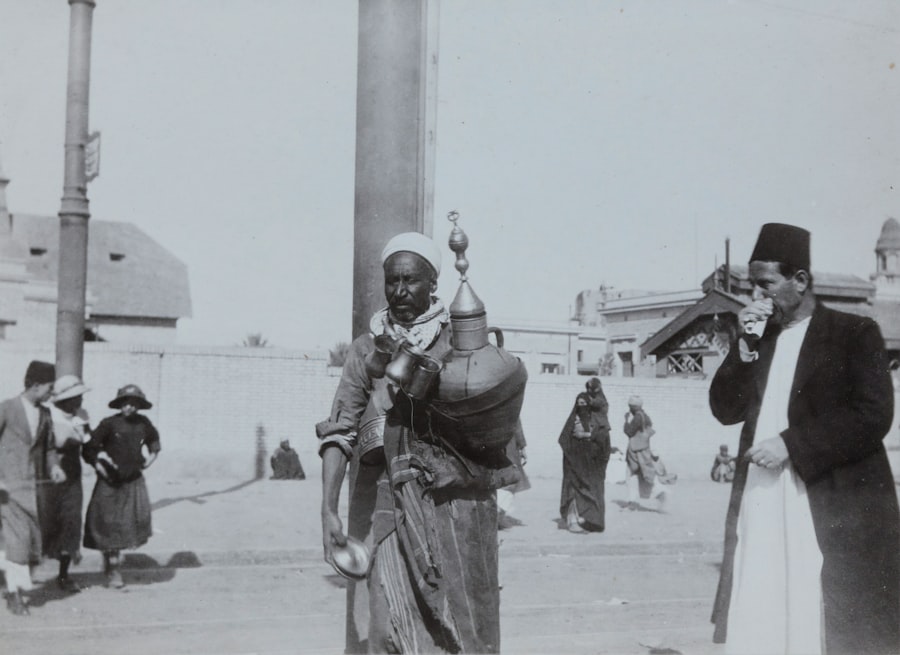King Ghidorah, one of the most iconic kaiju in cinematic history, first emerged from the creative minds of Toho Studios in 1964. Debuting in “Ghidorah, the Three-Headed Monster,” this formidable creature was conceived as a powerful adversary for Godzilla, who had already established himself as a cultural phenomenon. The character was inspired by various mythological and folkloric elements, drawing from the imagery of dragons and serpents that have long captivated human imagination.
The three-headed dragon, with its golden scales and massive wings, was designed to evoke both awe and terror, embodying the chaos and destruction that often accompany its presence. The origins of King Ghidorah are steeped in a blend of science fiction and fantasy. In the film, Ghidorah is depicted as an extraterrestrial being, a harbinger of doom that descends upon Earth with the intent to wreak havoc.
This backstory not only sets the stage for its conflict with Godzilla but also introduces a cosmic element to the kaiju genre. As a creature from beyond the stars, Ghidorah represents an existential threat, challenging not just Godzilla but the very fabric of life on Earth. This narrative choice has allowed King Ghidorah to transcend its initial role as a mere antagonist, evolving into a symbol of universal chaos that resonates with audiences across generations.
Key Takeaways
- King Ghidorah is a three-headed dragon kaiju that first appeared in the 1964 film “Ghidorah, the Three-Headed Monster.”
- King Ghidorah possesses a range of powers and abilities, including flight, energy beams, and regenerative capabilities.
- King Ghidorah’s first encounter with Godzilla was in the 1964 film “Ghidorah, the Three-Headed Monster,” where the two iconic kaiju battled for the first time.
- King Ghidorah has had a significant impact on the Godzilla franchise, often serving as one of Godzilla’s most formidable opponents.
- King Ghidorah’s design has evolved over the years, with each iteration adding new details and features to the iconic kaiju’s appearance.
King Ghidorah’s Powers and Abilities
King Ghidorah is not just a visually striking monster; it possesses an array of powers and abilities that make it one of the most formidable foes in the kaiju universe. Each of its three heads is capable of independent thought and action, allowing for a unique combat style that combines coordination with unpredictability. This multi-headed approach gives Ghidorah an advantage in battle, as it can attack from multiple angles simultaneously, overwhelming opponents like Godzilla with sheer ferocity.
In addition to its physical prowess, King Ghidorah wields devastating energy attacks. The most notable of these is its gravity beam, a powerful energy blast that can obliterate anything in its path. This ability not only showcases Ghidorah’s destructive potential but also adds a layer of strategy to its confrontations.
The creature can use its beams to create distance between itself and its adversaries or to target multiple foes at once. Furthermore, Ghidorah’s immense size and strength allow it to engage in close-quarters combat effectively, making it a versatile opponent capable of adapting to various battle scenarios.
King Ghidorah’s First Encounter with Godzilla

The first encounter between King Ghidorah and Godzilla marked a pivotal moment in kaiju cinema. In “Ghidorah, the Three-Headed Monster,” the two titans clash in a battle that not only showcases their individual strengths but also highlights their contrasting natures. Godzilla, often portrayed as a force of nature with a complex moral compass, faces off against Ghidorah, who embodies pure destruction and chaos.
This dichotomy sets the stage for an epic showdown that captivates audiences and establishes a dynamic rivalry that would endure for decades. Their initial confrontation is not merely a physical battle; it serves as a narrative device that explores themes of heroism and villainy. As Godzilla fights to protect humanity from Ghidorah’s rampage, viewers are drawn into a moral quandary: can a creature often seen as a monster also be a protector?
This complexity adds depth to both characters and elevates their conflict beyond simple good versus evil. The clash between these two titans becomes emblematic of larger struggles within society, making their rivalry resonate on multiple levels.
The Impact of King Ghidorah on the Godzilla Franchise
| Movie | Year | Box Office | IMDB Rating |
|---|---|---|---|
| Ghidorah, the Three-Headed Monster | 1964 | 6 million | 6.6 |
| Godzilla vs. King Ghidorah | 1991 | 11 million | 6.6 |
| Godzilla: King of the Monsters | 2019 | 386 million | 6.0 |
King Ghidorah’s introduction into the Godzilla franchise significantly altered the landscape of kaiju films. As one of Godzilla’s most formidable foes, Ghidorah brought a new level of complexity to the series, challenging the notion of what it means to be a monster. The character’s popularity led to its inclusion in numerous sequels and spin-offs, solidifying its status as a staple within the franchise.
This impact is evident in how subsequent films have utilized Ghidorah as both an antagonist and a symbol of existential threats facing humanity. Moreover, King Ghidorah’s presence has influenced the narrative direction of the Godzilla franchise itself. The character’s ability to embody various themes—such as environmental destruction, alien invasion, and the duality of nature—has allowed filmmakers to explore deeper societal issues through the lens of monster battles.
As audiences have evolved over time, so too has their understanding of these themes, making King Ghidorah not just a monster but a reflection of humanity’s fears and aspirations.
The Evolution of King Ghidorah’s Design
Over the years, King Ghidorah’s design has undergone significant transformations, reflecting changes in technology, artistic vision, and audience expectations. Initially portrayed through practical effects and suitmation techniques, Ghidorah’s early appearances showcased the limitations and creativity of mid-20th-century filmmaking. Despite these constraints, the character’s striking visual elements—such as its three heads and massive wings—captured the imagination of viewers and set a high bar for future kaiju designs.
As technology advanced, so did King Ghidorah’s representation on screen. The introduction of CGI allowed for more dynamic movements and intricate details that were previously unattainable. In films like “Godzilla: King of the Monsters” (2019), Ghidorah is rendered with stunning realism, showcasing its golden scales shimmering under various lighting conditions and emphasizing its menacing presence.
This evolution not only enhances the visual spectacle but also deepens the emotional impact of its confrontations with other kaiju, making each battle feel more intense and consequential.
King Ghidorah’s Role in Godzilla: King of the Monsters

In “Godzilla: King of the Monsters,” King Ghidorah takes center stage as one of the primary antagonists, reasserting its dominance within the franchise. The film presents Ghidorah as an ancient force awakened from its slumber, positioning it as a rival not just to Godzilla but to all life on Earth. This portrayal emphasizes Ghidorah’s role as an apex predator, one that disrupts the natural order and threatens humanity’s existence.
The film also explores the relationship between Godzilla and Ghidorah in greater depth than previous iterations. Their battles are not merely physical confrontations; they symbolize a clash between two ideologies—one representing balance and protection (Godzilla) and the other chaos and destruction (Ghidorah). This thematic richness adds layers to their conflict, inviting audiences to reflect on broader questions about nature, power, and responsibility.
As they engage in epic battles across stunning landscapes, viewers are treated to a visual feast that underscores the stakes involved in their rivalry.
King Ghidorah’s Place in Popular Culture
King Ghidorah has transcended its origins as a film monster to become an enduring icon in popular culture. Its distinctive design and formidable presence have made it a favorite among fans and creators alike. From video games to comic books and merchandise, Ghidorah’s influence can be seen across various media platforms.
This widespread recognition speaks to its status as one of the most recognizable figures in the kaiju genre. Moreover, King Ghidorah has inspired countless tributes and parodies within popular culture. Its three-headed form has become synonymous with chaos and power, often referenced in discussions about formidable adversaries in various narratives.
As new generations discover Godzilla films, they are introduced to King Ghidorah’s legacy, ensuring that this iconic monster remains relevant in contemporary discussions about cinema and storytelling.
The Future of King Ghidorah in the Godzilla Universe
As we look ahead to the future of King Ghidorah within the Godzilla universe, there are numerous possibilities for how this iconic character may evolve further. With ongoing developments in film and television adaptations featuring kaiju themes, there is ample opportunity for new stories that explore different facets of Ghidorah’s character. Whether it be through reimagined origins or new confrontations with other monsters, fans eagerly anticipate what lies ahead for this legendary creature.
Additionally, as filmmakers continue to push boundaries with technology and storytelling techniques, King Ghidorah may be reintroduced in ways that challenge our perceptions of what it means to be a monster. The potential for deeper character development or even unexpected alliances could redefine its role within the franchise. As audiences become more attuned to complex narratives that blur traditional lines between heroism and villainy, King Ghidorah stands poised to remain an integral part of this evolving landscape.
In conclusion, King Ghidorah’s journey from its origins as an extraterrestrial menace to its current status as an iconic figure in popular culture reflects both its enduring appeal and significance within the Godzilla franchise. With each new iteration, this three-headed dragon continues to captivate audiences while challenging our understanding of monsters and their place in our world. As we move forward into new stories and adventures, one thing remains certain: King Ghidorah will always be a force to be reckoned with in the realm of kaiju cinema.
